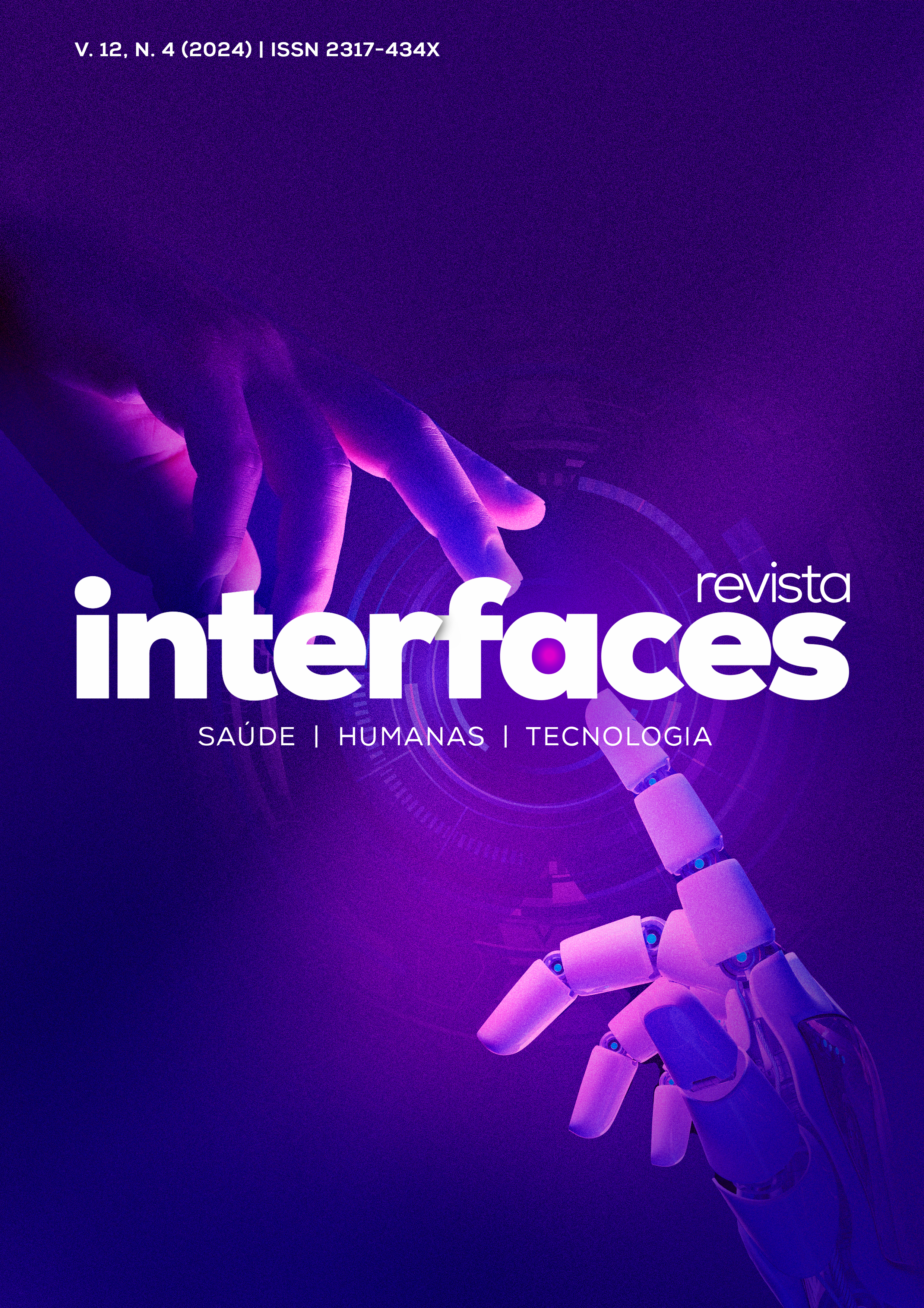DETECTION OF CARDIAC ARRHYTHMIAS: APPROACH OF LEAD I WITH HYBRID NEURAL NETWORKS
DOI:
https://doi.org/10.16891/2317-434X.v12.e4.a2024.pp4585-4600Keywords:
Arrhythmias, Internet of Things, MP-IoTAbstract
Artificial Intelligence offers mechanisms for health predictions, benefiting each individual assisted by it. Smart devices are fundamental allies for data extraction and monitoring. The objective of this work is to build a model for predicting cardiac arrhythmias for Atrial Fibrillation and Sinus Bradycardia, based on Electrocardiogram data, which can be used with data collected by the MP-IoT multiclinic device. The Artificial Intelligence training was carried out combining the techniques of Bidirectional Long Short-Term Memory, Convolutional Neural Network and Dense Neural Networks with data obtained from two databases available on Physionet. The results obtained are promising for predictions with evaluation metrics above 96% of accuracy, precision, Recall, F1-score and specificity, even using only one derivation of the signal.

